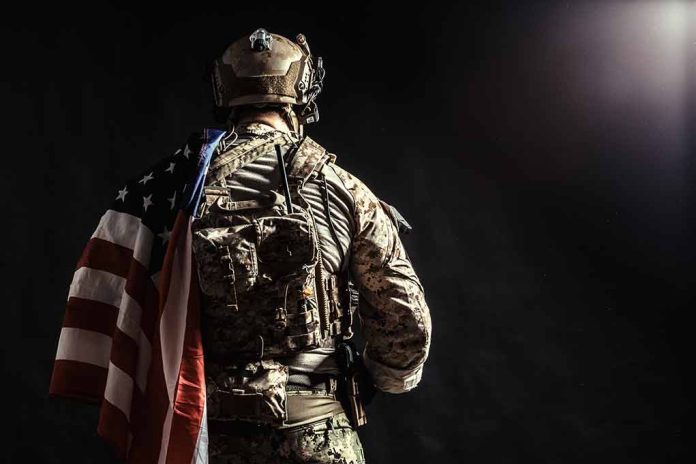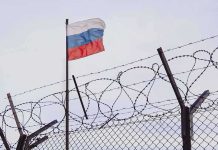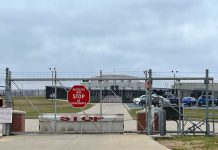
The Department of Defense has reauthorized a directive that could allow the use of lethal force against American citizens, sparking controversy and concern over civil liberties.
At a Glance
- DoD Directive 5240.01 allows military action against U.S. citizens under certain conditions.
- The directive broadens military authority to assist law enforcement during “civil disturbances.”
- Concerns raised about potential misuse during election-related unrest.
- Secretary of Defense approval required for lethal force authorization.
- Critics worry about government overreach and shift towards a security state.
Expanded Military Authority Raises Alarms
The Department of Defense has reissued Directive 5240.01, a move that has ignited a firestorm of debate over the potential use of military force against American citizens. This directive, traditionally focused on intelligence operations, now includes provisions for lethal force when assisting civilian law enforcement during national security emergencies.
While the Posse Comitatus Act of 1878 generally limits the use of the military for domestic law enforcement, the Insurrection Act can override these restrictions. The reauthorized directive appears to broaden the circumstances under which the military can intervene in domestic situations, particularly during what are termed “civil disturbances.”
Concerns Over Civil Liberties and Election Integrity
The timing of this reauthorization has raised eyebrows, given the current political climate and upcoming elections. Critics argue that the directive’s language is vague enough to potentially allow for military deployment during election-related unrest, with the Secretary of Defense wielding significant decision-making power.
As reported by Zero Hedge, the reauthorization of Directive 5240.01 would permit the U.S. military to use “lethal force” on the civilian population in the event of a “national security” emergency.
The directive’s broad interpretation of “civil disturbance” has further fueled concerns about potential misuse. Historical examples such as the Kent State shootings in 1970 and the Detroit riots in 1967 serve as stark reminders of the risks associated with military involvement in civil unrest.
Balancing National Security and Civil Rights
Supporters of the directive argue that it provides necessary tools for responding to extreme national security threats. However, critics worry that it could lead to a slippery slope of government overreach and erosion of civil liberties.
The directive allows for quicker military response to domestic disturbances, which some see as a necessary measure in an increasingly complex security landscape. Others, however, view it as a concerning shift towards a more militarized approach to domestic issues.
Implications for Future Unrest
As the nation grapples with political divisions and the potential for civil unrest, the implications of this directive loom large. The August 27th update to the directive suggests a readiness for large-scale unrest, potentially preparing for scenarios as extreme as a coup or insurrection.
While the directive requires Secretary of Defense approval for lethal force authorization, questions remain about the potential for its misuse or misinterpretation in high-pressure situations. As the nation moves closer to another potentially contentious election cycle, the debate over the balance between national security and individual rights is likely to intensify.
Sources:
- DOD DIRECTIVE 5240.01
- U.S. Military Now Authorized to Kill Americans on U.S. Soil?
- Pentagon quietly makes it legal for U.S. military to use LETHAL FORCE against American citizens
- PAPERS PLEASE: DOD EXPANDS THE USE OF DEADLY FORCE AGAINST CIVILIANS
- Pentagon Press Secretary Maj. Gen. Pat Ryder Holds a Press Briefing







